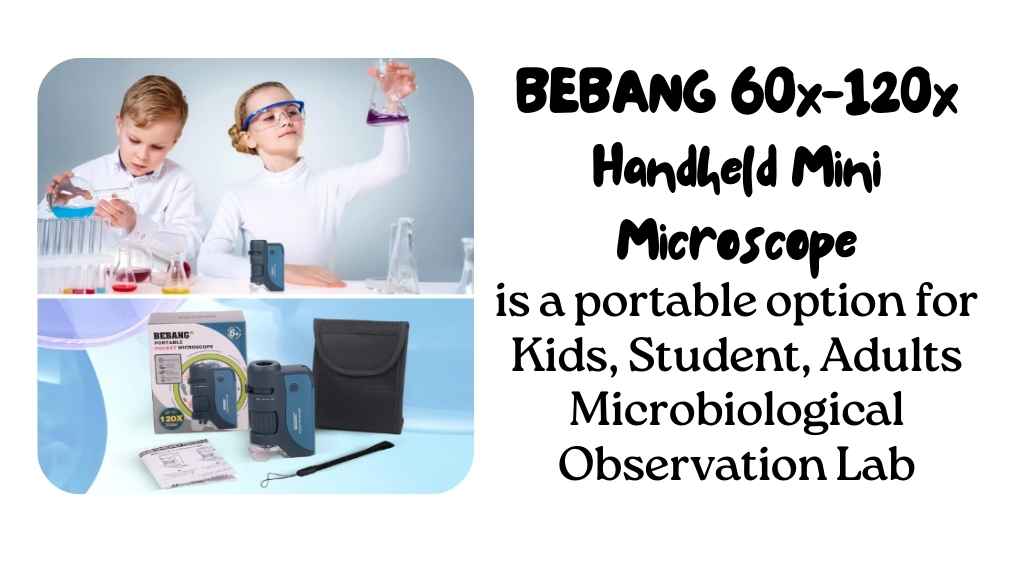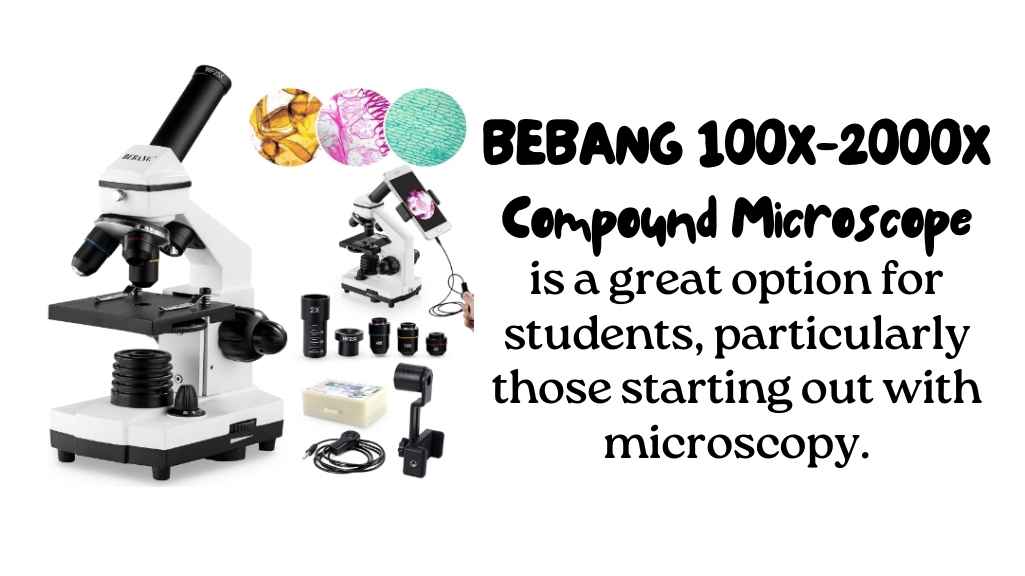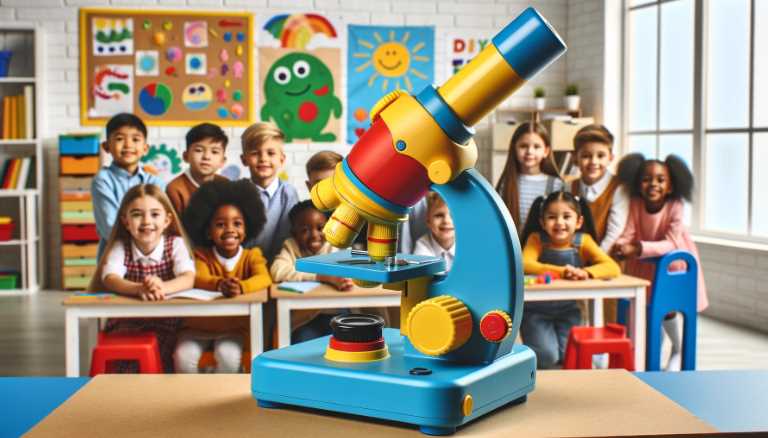Elikliv 4.3 Inch Digital Coin Microscope: 1000x Magnifier option with 8 Adjustable LED Lights
Elikliv 4.3 Inch Digital Coin Microscope is an excellent choice for hobbyists and professionals interested in coin inspection. It offers high magnification, a user-friendly design, and additional features like an adjustable LCD screen, making it a valuable tool for detailed analysis. Elikliv digital microscope stands out for its compact yet versatile features. Its 4.3-inch LCD […]









